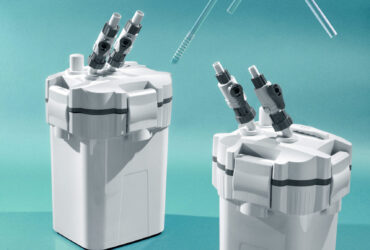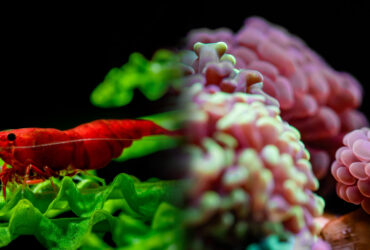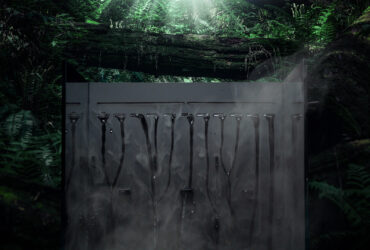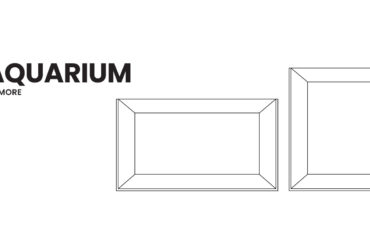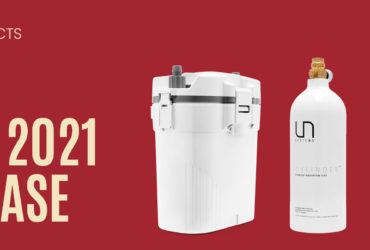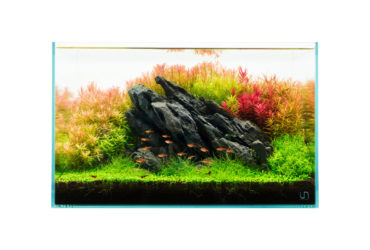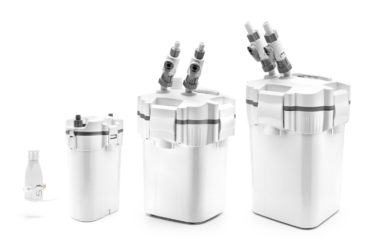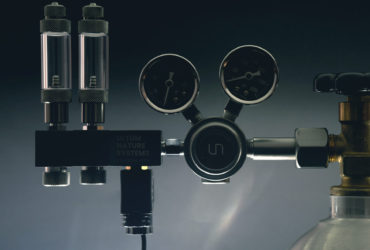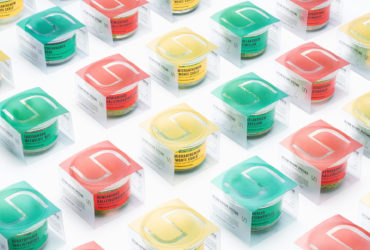A CLOSER LOOK
Our aquatic plant catalog is quite vast, so we wanted to take the time to break it down for our customers into general categories that are already, for the most part, accepted within the aquarium trade and hobby. These categories are as follows: easy, medium and hard. Today, we’ll talk about our easy, low maintenance plants that are great for beginners, enthusiasts and experts alike. While there are an almost unlimited amount of aquatic plant species that could technically fall into this group, we’ll keep it simple and talk about the classic aquatic plant species that automatically come to mind when you think “low maintenance plants”. Now, keep in mind that the terms easy, medium and hard are also subjective. The plants we’ll be discussing below are, in our opinion, what comes to mind first when asked the infamous question: “what are some easy plants I can grow? I’m new to planted tanks.”.
ANUBIAS
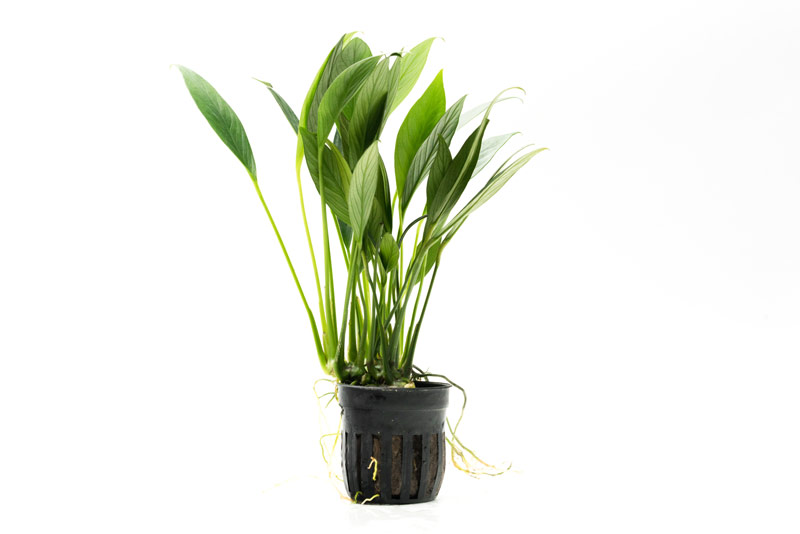 Let’s start with Anubias. Anubias is a timeless species for good reason. It is one of the easiest aquatic plants to care for and doesn’t sacrifice looks or versatility in how it can be used to design a planted aquarium tank. With a wide range of species, Anubias come in many different sizes, leaf shape, and color. No matter the choice, Anubias species are well-known for their healthy portion of foliage with coloration ranging from dark evergreen tones to beautiful lime green hues. Anubias is also very popular in the aquarium trade and hobby for its low care requirements and super hardy nature that is able to adapt to a wide range of aquarium parameters. When given optimal conditions, Anubias species will reward the user with thick, healthy growth that can be used to recreate an underwater forest or jungle. Loved by aquarium hobbyists, experts, and beginners, Anubias is a deity in the aquatic plant world.
Let’s start with Anubias. Anubias is a timeless species for good reason. It is one of the easiest aquatic plants to care for and doesn’t sacrifice looks or versatility in how it can be used to design a planted aquarium tank. With a wide range of species, Anubias come in many different sizes, leaf shape, and color. No matter the choice, Anubias species are well-known for their healthy portion of foliage with coloration ranging from dark evergreen tones to beautiful lime green hues. Anubias is also very popular in the aquarium trade and hobby for its low care requirements and super hardy nature that is able to adapt to a wide range of aquarium parameters. When given optimal conditions, Anubias species will reward the user with thick, healthy growth that can be used to recreate an underwater forest or jungle. Loved by aquarium hobbyists, experts, and beginners, Anubias is a deity in the aquatic plant world.
CRYPTOCORYNE
 Cryptocoryne commonly referred to as Crypts for short, is an extremely popular type of aquatic plant. There are a ton of different varieties but variants such as Cryptocoryne Lucens, Cryptocoryne Lutea, Cryptocoryne Wendtii, Cryptocoryne Parva and more have gained an elite status among planted tank keepers. They’re generally easy to keep but are notorious for what is known as “Crypt Melt”. This happens when and if the plant gets shocked when making the transition from one growing environment to another. The melt can be intimidating but is a natural process for the plant as it allows it to shed its old leaves and concentrate its energy into growing new leaves that are adapted to the new environment. Once Cryptocoryne species are established in a planted aquarium tank, they are quite hardy and grow beautifully. Cryptocoryne species require patience but will reward the user with worthy results.
Cryptocoryne commonly referred to as Crypts for short, is an extremely popular type of aquatic plant. There are a ton of different varieties but variants such as Cryptocoryne Lucens, Cryptocoryne Lutea, Cryptocoryne Wendtii, Cryptocoryne Parva and more have gained an elite status among planted tank keepers. They’re generally easy to keep but are notorious for what is known as “Crypt Melt”. This happens when and if the plant gets shocked when making the transition from one growing environment to another. The melt can be intimidating but is a natural process for the plant as it allows it to shed its old leaves and concentrate its energy into growing new leaves that are adapted to the new environment. Once Cryptocoryne species are established in a planted aquarium tank, they are quite hardy and grow beautifully. Cryptocoryne species require patience but will reward the user with worthy results.
MOSS
 Extremely versatile and practically bulletproof, aquatic moss is easy to keep and will grow in almost any aquarium tank condition. This aquatic plant provides excellent shade and coverage for shrimp and fish and is versatile with placement. It can be left free floating, attached to hardscape or placed in the foreground. With several different varieties available, aquatic mosses are commonly used in aquascaping and different species provide different effects. Java Moss and Christmas Moss are used universally as a general choice, while rarer species such as Flame moss and Weeping Moss exhibit different growth patterns to achieve certain looks.
Extremely versatile and practically bulletproof, aquatic moss is easy to keep and will grow in almost any aquarium tank condition. This aquatic plant provides excellent shade and coverage for shrimp and fish and is versatile with placement. It can be left free floating, attached to hardscape or placed in the foreground. With several different varieties available, aquatic mosses are commonly used in aquascaping and different species provide different effects. Java Moss and Christmas Moss are used universally as a general choice, while rarer species such as Flame moss and Weeping Moss exhibit different growth patterns to achieve certain looks.
SWORDS
 Swords make a wonderful choice for a hardy background plant. Echinodorus, more commonly known as Sword Plant, is a genus of aquatic plant that originates from marshes and bogs of North and South America. It is an easy background plant to keep and one of its only requirements is deep, a nutrient-rich substrate as it can be a heavy root feeder. These species of aquatic plant work extremely well in larger sized aquarium tanks as Swords are notorious for growing extremely tall. This aquatic plant can also be grown emersed or submerged and propagates through small runner plants that sprout off the main mother plant. This is a popular plant for discus aquariums since they can withstand the higher temperatures.
Swords make a wonderful choice for a hardy background plant. Echinodorus, more commonly known as Sword Plant, is a genus of aquatic plant that originates from marshes and bogs of North and South America. It is an easy background plant to keep and one of its only requirements is deep, a nutrient-rich substrate as it can be a heavy root feeder. These species of aquatic plant work extremely well in larger sized aquarium tanks as Swords are notorious for growing extremely tall. This aquatic plant can also be grown emersed or submerged and propagates through small runner plants that sprout off the main mother plant. This is a popular plant for discus aquariums since they can withstand the higher temperatures.
FERNS
 Ferns are another popular choice for low-light and overall low maintenance aquatic plant species. Microsorum Pteropus is one of the most well-known fern choices in the aquarium trade for its easy care, minimal requirements and an extensive list of species variation. These plants are quite resilient, can grow in a wide range of aquarium tank parameters and do not require CO2 injection, strong lighting or additional fertilizers. Ferns are also versatile with use and can be attached to hardscape material just like aquatic mosses and other epiphytes. They’re vigilant against plant-eating fish species such as fancy goldfish or herbivorous cichlid species and can also grow normally in slightly brackish aquariums. Great for beginners and loved by enthusiasts, aquatic ferns are a common go-to.
Ferns are another popular choice for low-light and overall low maintenance aquatic plant species. Microsorum Pteropus is one of the most well-known fern choices in the aquarium trade for its easy care, minimal requirements and an extensive list of species variation. These plants are quite resilient, can grow in a wide range of aquarium tank parameters and do not require CO2 injection, strong lighting or additional fertilizers. Ferns are also versatile with use and can be attached to hardscape material just like aquatic mosses and other epiphytes. They’re vigilant against plant-eating fish species such as fancy goldfish or herbivorous cichlid species and can also grow normally in slightly brackish aquariums. Great for beginners and loved by enthusiasts, aquatic ferns are a common go-to.
BUCEPHALANDRA
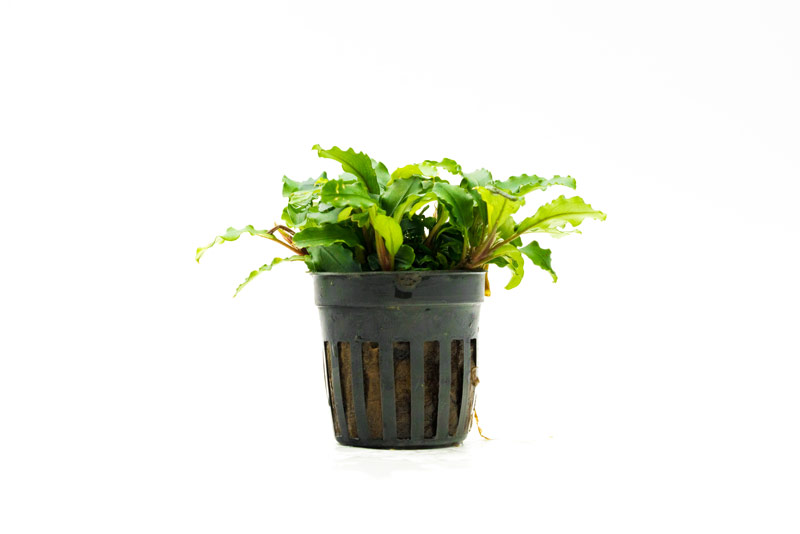 Bucephalandra is a genus of flowering plant that can be found growing along the sides of fast flowing bodies of water such as streams and rivers. With hundreds of species in existence, nearly all are considered rare in the USA aquarium industry despite the growing demand and popularity. Some of the stape and notable species include, but aren’t limited to Bucephalandra sp. ‘Green Wavy’, Bucephalandra sp. ‘Red Mini’ and more. Bucephalandra’s appearance is similar to Anubias species but most feature an array of unique color patterns. Leaf shapes can vary from smooth to ruffled and when added to an aquarium tank, Bucephalandra species are a sight to see. Just like other epiphytes, Bucephalandra species can be attached to hardscape material or wedged in between crevices and they will readily attach themselves with time. Bucephalandra care is quite minimal and is very comparable to that of Anubias and Cryptocoryne species.
Bucephalandra is a genus of flowering plant that can be found growing along the sides of fast flowing bodies of water such as streams and rivers. With hundreds of species in existence, nearly all are considered rare in the USA aquarium industry despite the growing demand and popularity. Some of the stape and notable species include, but aren’t limited to Bucephalandra sp. ‘Green Wavy’, Bucephalandra sp. ‘Red Mini’ and more. Bucephalandra’s appearance is similar to Anubias species but most feature an array of unique color patterns. Leaf shapes can vary from smooth to ruffled and when added to an aquarium tank, Bucephalandra species are a sight to see. Just like other epiphytes, Bucephalandra species can be attached to hardscape material or wedged in between crevices and they will readily attach themselves with time. Bucephalandra care is quite minimal and is very comparable to that of Anubias and Cryptocoryne species.


